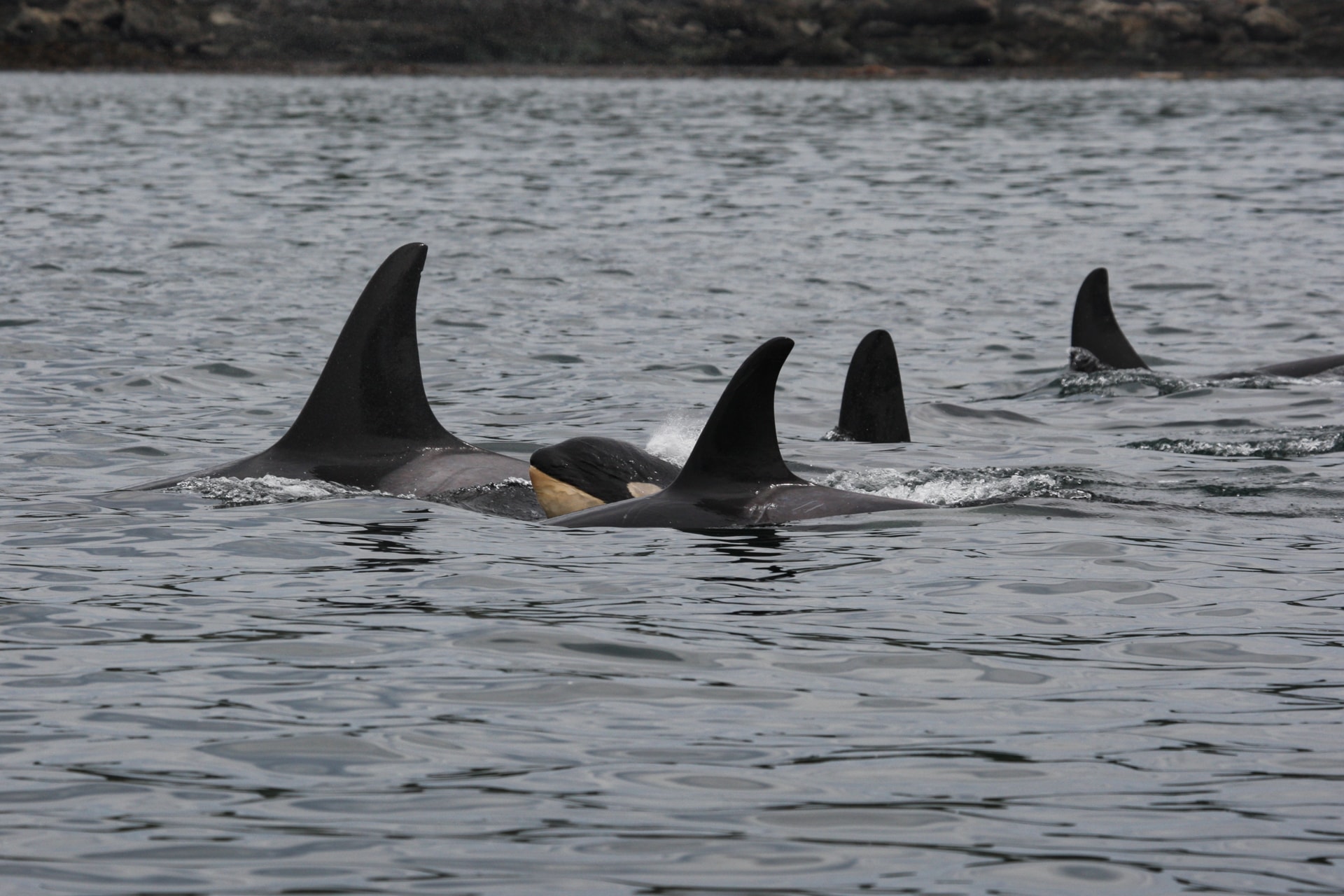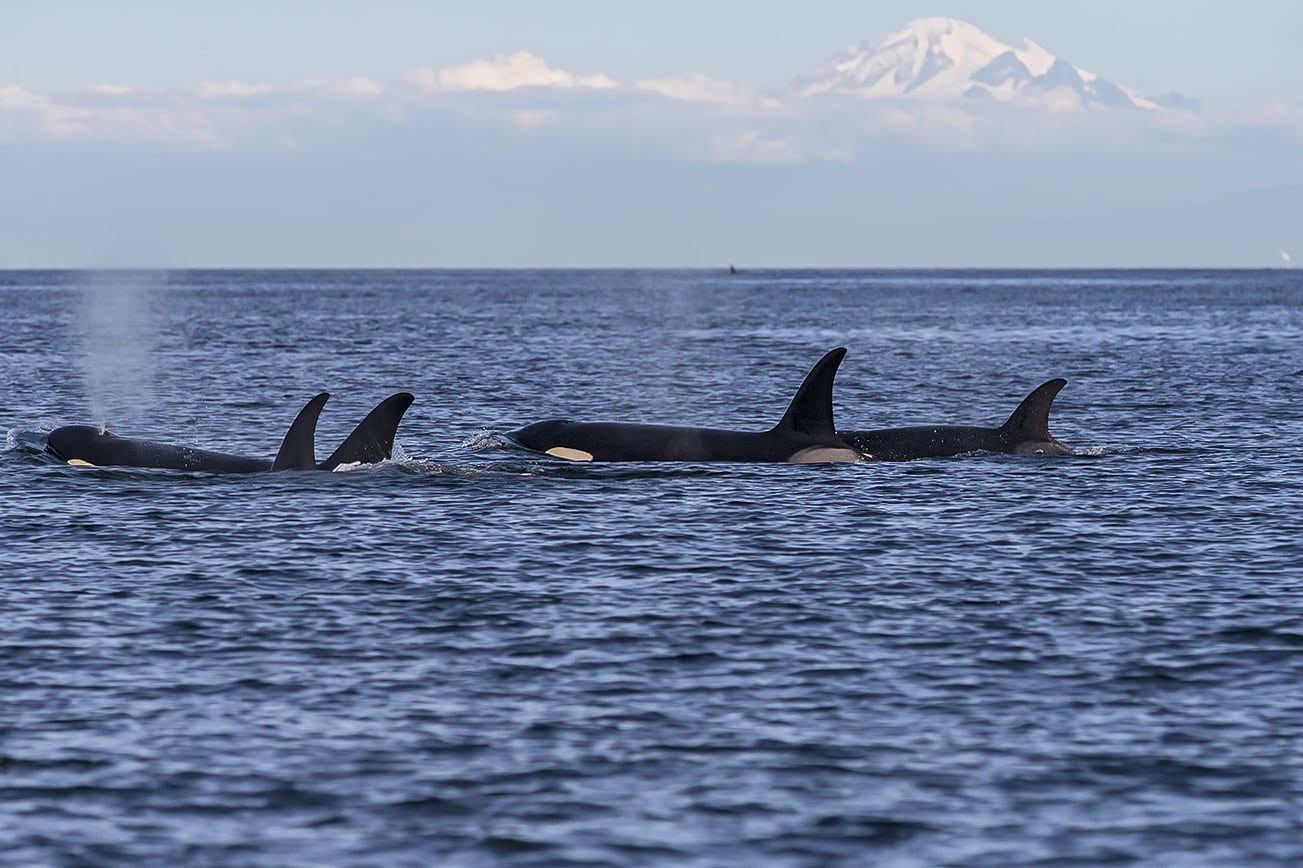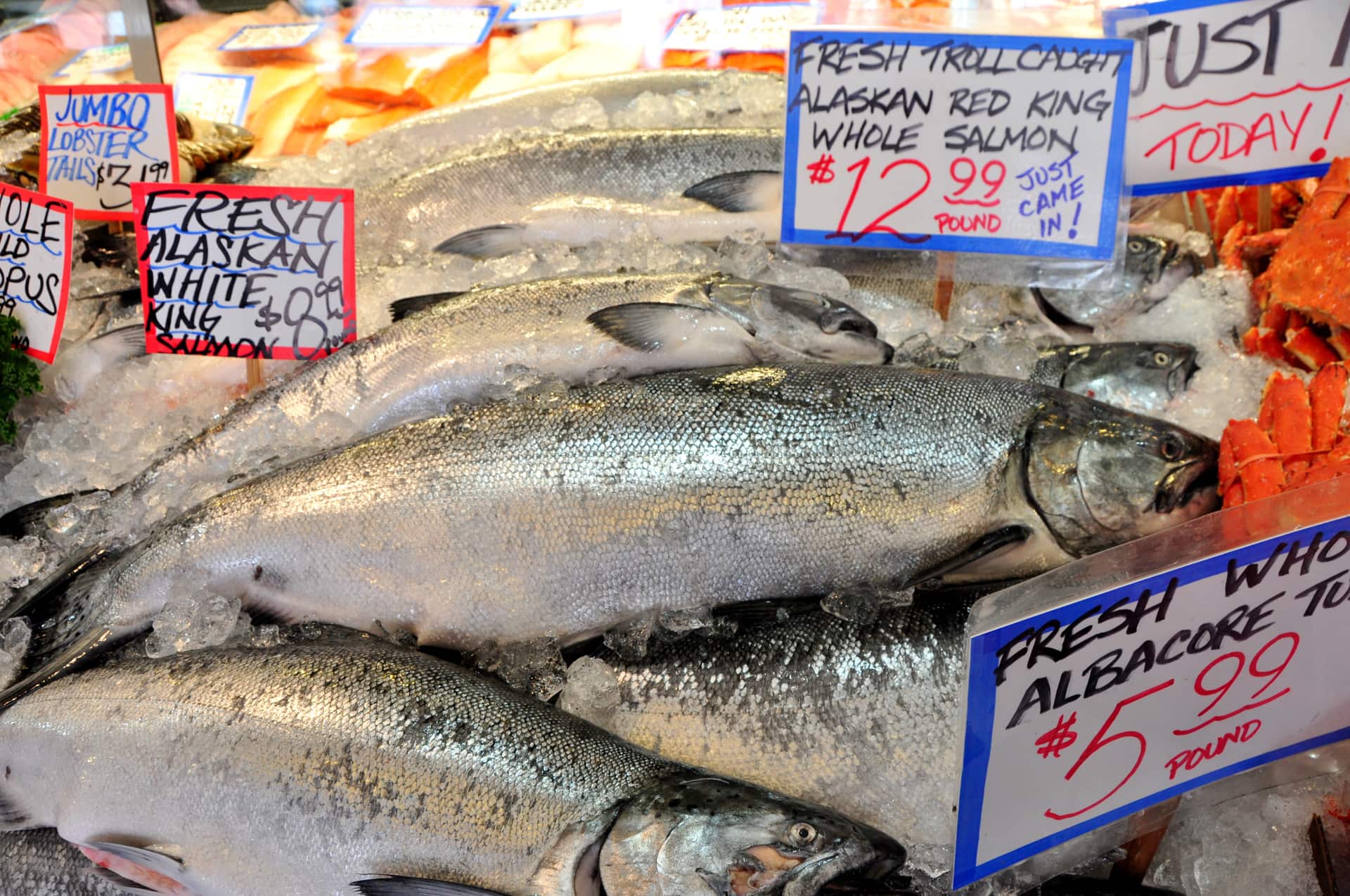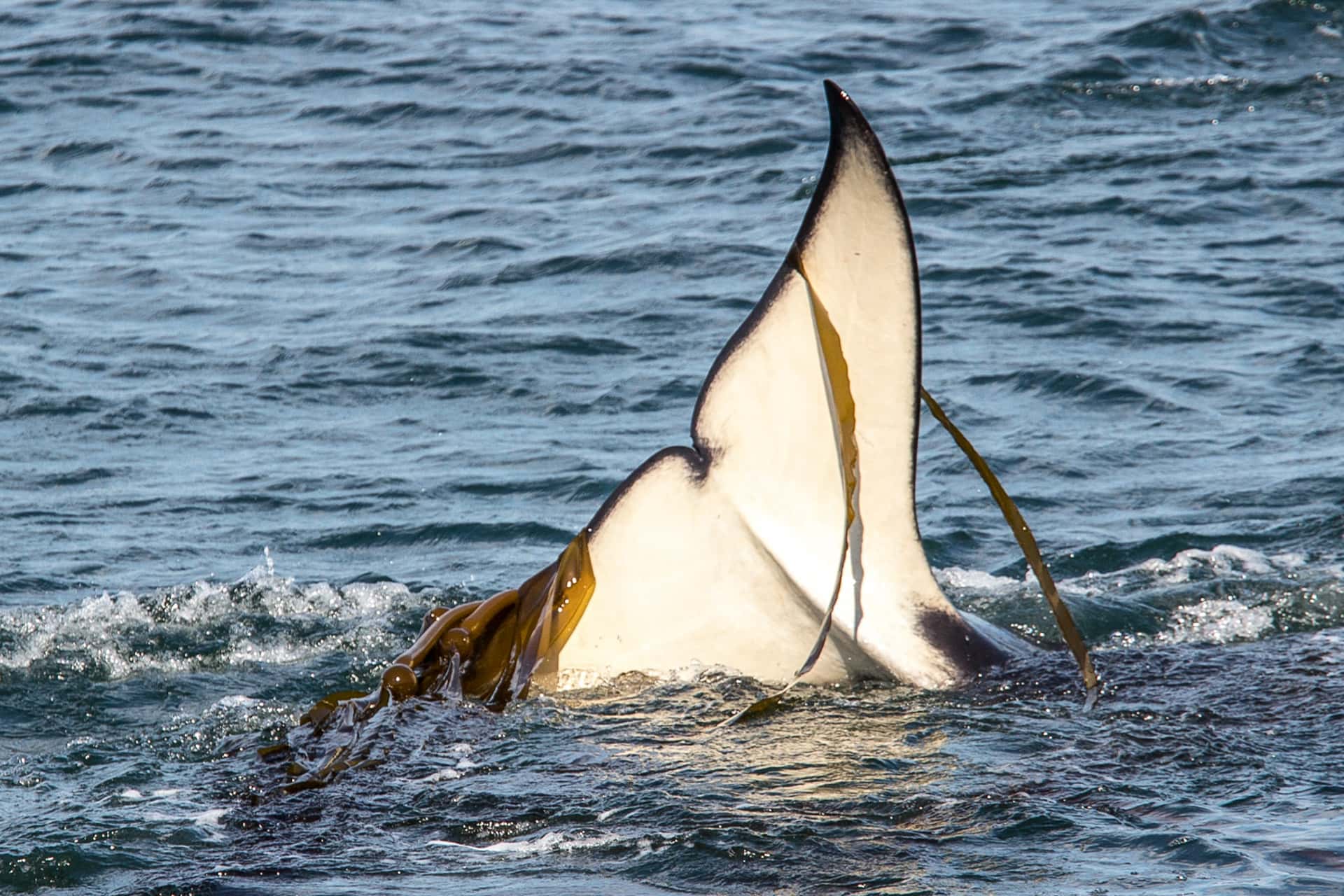
When wildlife species are added to the Endangered Species Act list, they are assigned to a government agency for protection and recovery—terrestrial and freshwater to the U.S. Fish and Wildlife Service, and marine to NOAA Fisheries.
For marine wildlife, this is where things can get sticky. NOAA Fisheries is part of the U.S. Department of Commerce, as their primary role is to oversee viability of the nation’s fisheries. Oftentimes, the wildlife they are legally obliged to protect comes into direct conflict with this aim.
Nevermore clearly demonstrated than in 2019, when NOAA Fisheries recognized that the Southeast Alaska Chinook fisheries adversely affect the Southern Resident killer whales, “by reducing prey availability, causing them to forage for longer periods, travel to alternate locations, or abandon foraging efforts.” NOAA Fisheries also recognized that these fisheries adversely affect several endangered Chinook salmon populations from the Snake River-fall run, Puget Sound, Lower Columbia River, and the Upper Willamette River.
In other words, not only would these Chinook fisheries reduce the number of salmon available to orcas each season, they would threaten the very future of the already-endangered populations they rely on for their survival. This is because 97% of the Chinook salmon caught in the Southeast Alaska fisheries are from rivers in British Columbia and Washington State. Catching these fish in Alaska before they can return home to spawn, deprives the Southern Residents of feeding opportunities, and salmon the chance to produce the next generation.
Yet, despite this knowledge, they went ahead, justifying their decision by stating that they “would be able to develop and implement mitigation plans to counter the Southeast Alaska fisheries, prior to the Southern Resident killer whales’ extinction.”
These plans were in the form of securing funds for a conservation program to “benefit Puget Sound Chinook salmon stocks and the Southern Residents”. It would be fair to say that this program was aspirational, rather than truly science-based, with the agency admitting at the time that the number of salmon that could be produced by these efforts was unknown, as was the funding source!

Consequently, in 2020, the Wild Fish Conservancy issued a lawsuit, stating NOAA Fisheries failed to follow the law—to protect both endangered killer whales and Chinook. They requested a court rule that NOAA Fisheries’ 2019 Southeast Alaska “Biological Opinion”—whereby the agency gave itself permission to authorize these fisheries—should be thrown out, and that any proposed increase in hatchery production be paused.
In September 2021, this case was considered by a U.S. District Court in Seattle, and the Judge recommended that Wild Fish Conservancy’s motion be granted! In the words of the lawsuit, and the findings of the court, NOAA Fisheries’ assessment in finding no harm was “arbitrary, capricious, and not in accordance with the law.”
In her report, the Judge notes that while multiple factors have led to the population decline of both predator and prey, if it were not for the specific action of NOAA Fisheries—in authorizing the Southeast Alaska Chinook fisheries—then there would otherwise be more Chinook salmon available for these endangered killer whales.
In fact, by the government’s own estimates, these fisheries reduced prey up to 12.9% in coastal waters, and 2.5% in inland waters. NOAA Fisheries noted that, “as prey availability is a primary factor limiting recovery”, then these fisheries will “adversely affect” Southern Residents unless other measures are taken.
These planned measures were to increase prey through hatchery production and habitat restoration. However, the court found their plan notably did not include “any specific deadlines for implementing the proposed mitigation, nor does it include specific requirements by which to confirm that the mitigation has been implemented in the manner and on a schedule needed to avoid the extinction of the Southern Resident killer whales.”
Continued below...
In addition, NOAA Fisheries failed to address how funding would be spent, how many fish would be produced, and how this would increase prey availability to these killer whales—or even how it could aid the recovery of endangered Chinook salmon. Likewise the habitat restoration plan did not provide details about when, where, or how this work would be implemented.
NOAA Fisheries proposed a budget of $3.06 million a year for hatchery programs, $5.6 million a year to release 20 million young salmon, and $31.2 million on a 3-year habitat project program. Yet they were not even certain that Congress would commit to any funding. The court found that their plan was therefore neither “under their control”, or even “reasonably certain to occur.” Yet both are required under the law.
NOAA Fisheries’ aim was to increase Puget Sound Chinook by 4-5% to compensate for prey taken in the Southeast Alaska fishery. As the judge noted, “In effect, the prey increase program is NOAA Fisheries’ essential long-term mitigation solution to NOAA Fisheries’ proposed actions.” In a nutshell, fixing the problem they created!
When it comes to endangered wildlife protection, NOAA Fisheries often acts as judge and jury, but fortunately on this occasion, an actual Judge holds the reins. We await a final ruling based on this recommendation to find in favor of the plaintiff, Wild Fish Conservancy. Our hope is this will lead to more Chinook for hungry orcas.
Director Kurt Beardslee emphasized, “NOAA has failed fishers, salmon, and orcas for decades. The Court’s groundbreaking ruling is finally holding NOAA accountable for following the law and adhering to best available science, a win-win for wild salmon, orcas, and coastal communities alike.”
We offer heartfelt congratulations to our friends at Wild Fish Conservancy for successfully leading this important lawsuit, and for asking Wild Orca’s Dr. Giles to provide expert testimony. We feel proud to have played a part in holding NOAA Fisheries to account for their failure to protect these endangered species.





